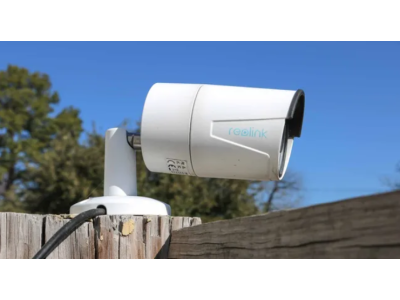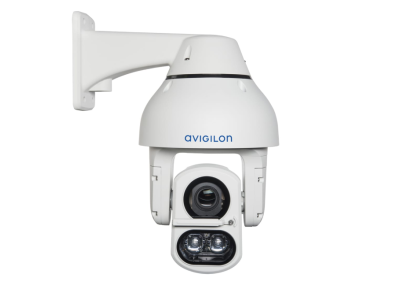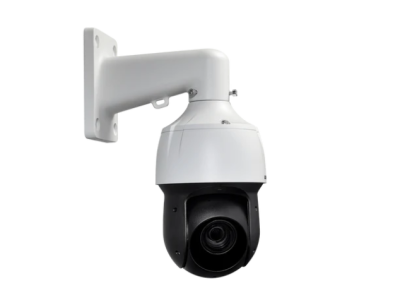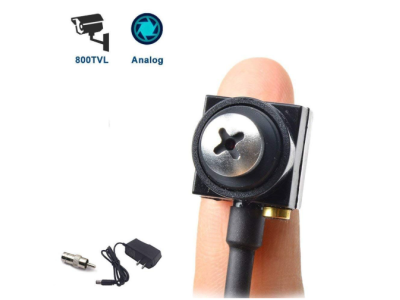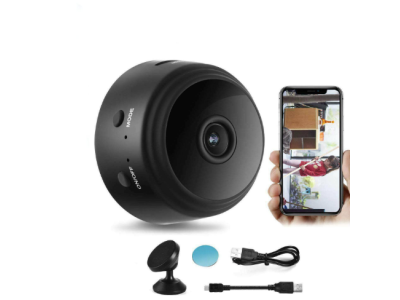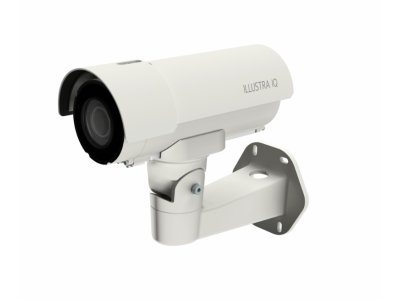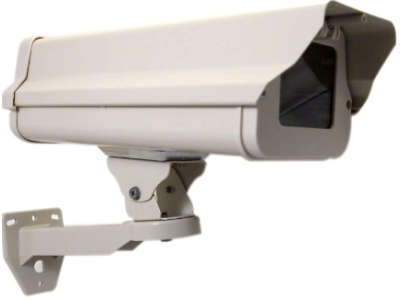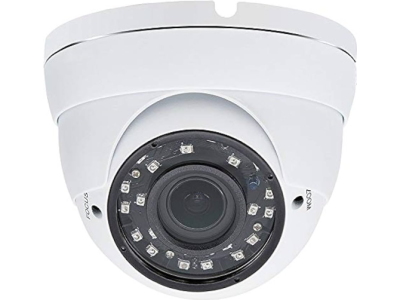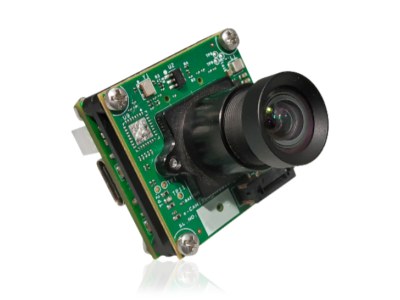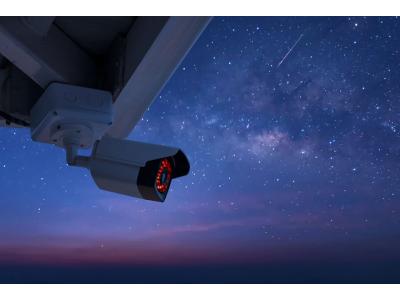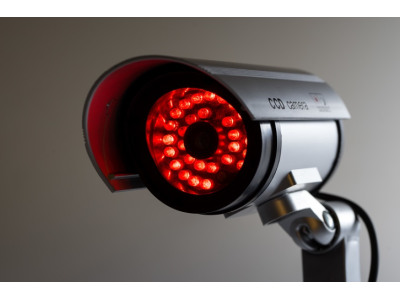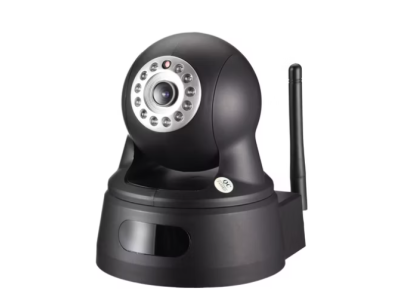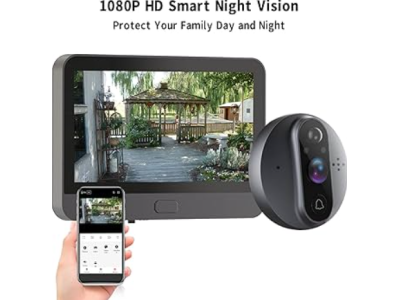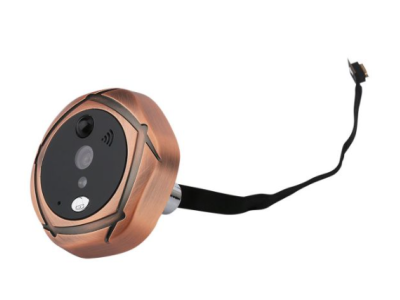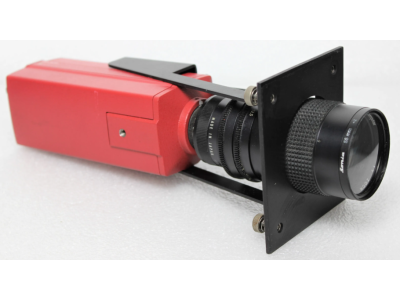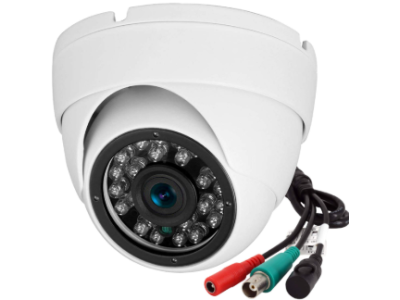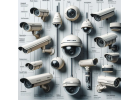
Types of Surveillance Cameras: Features, Designs, and Uses
Modern surveillance cameras, also known as video cameras or CCTV cameras, are classified based on their functionality, body design, and core technology. Here’s a detailed overview of key types and features:
1. Analog and IP Surveillance Cameras
Analog Cameras
Analog cameras transmit video signals over coaxial cables, offering reliability and simplicity.
- Advantages:
- Easy installation and maintenance.
- Cost-effective for small systems.
- Modern analog models support HD resolutions (AHD, HD-CVI, HD-TVI).
IP (Network) Cameras
IP cameras transmit digital signals over Ethernet, supporting advanced functionalities.
- Advantages:
- High-resolution output (up to 4K and beyond).
- Remote access via the internet.
- Built-in analytics for motion detection, facial recognition, and more.
2. Camera Designs (Form Factor)
Dome Cameras
- Best For: Offices, retail spaces, and public areas.
- Features:
- Compact design with vandal-resistant housing.
- Available with fixed or PTZ (Pan-Tilt-Zoom) functionality.
PTZ Cameras
- Best For: Large areas such as parking lots or warehouses.
- Features:
- Remote control for pan, tilt, and zoom.
- Powerful zoom capabilities (up to 40x).
- Ideal for tracking moving objects.
Bullet (Cylindrical) Cameras
- Best For: Outdoor monitoring.
- Features:
- Long-range focus.
- Durable and weather-resistant design.
Miniature and Hidden Cameras
- Best For: Discreet monitoring.
- Features:
- Compact size for covert surveillance.
- Often integrated into everyday objects.
Thermal Cameras
- Best For: Perimeter security and industrial monitoring.
- Features:
- Detect heat signatures, functioning in complete darkness.
- Effective through fog, smoke, and light obstructions.
3. Key Features to Consider
Resolution
- Determines image clarity; common options range from 2MP (1080p) to 12MP (4K and higher).
Light Sensitivity and Night Vision
- Cameras with low lux ratings or IR illumination perform well in low light.
Durability (IP Ratings)
- Outdoor cameras require IP66 or higher for protection against dust and water.
Additional Features
- Audio Integration: Microphones and speakers for two-way communication.
- Advanced Analytics: Motion detection, face recognition, and crowd monitoring.
- Flexible Power Options: POE (Power over Ethernet) for simplified installations.
Conclusion
Choosing the right surveillance camera depends on your specific security needs, environment, and budget. Whether opting for cost-effective analog systems or advanced IP setups with video analytics, understanding the unique features and applications of each type ensures optimal security and functionality.
Explore today’s cutting-edge surveillance technologies to design a system that delivers superior protection and peace of mind.

